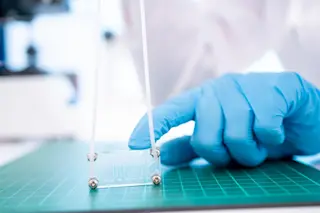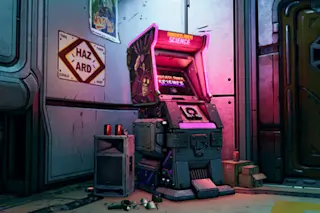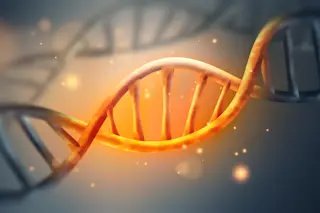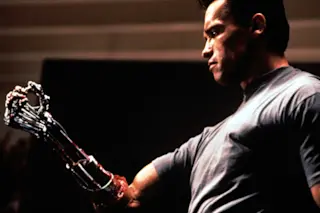In a big step forward for cloning research, scientists have produced healthy clones of mice that were dead and frozen for 16 years. Researchers say the new technique could allow conservationists to freeze tissue from endangered species, which could then be used to produce clones if those species become extinct.
The finding also raises hopes of one day being able to resurrect extinct animals frozen in permafrost, such as the woolly mammoth, says [lead researcher] Teruhiko Wakayama.... "It would be very difficult, but our work suggests that it is no longer science fiction," he says [New Scientist].
Researchers have previously produced clones from frozen animal tissue, but only from specimens that were preserved with special chemicals to protect cells from damage during the deep freeze. In this study, published in the Proceedings of the National Academy of Sciences [subscription required], no such special precautions were taken when the mice were ...













